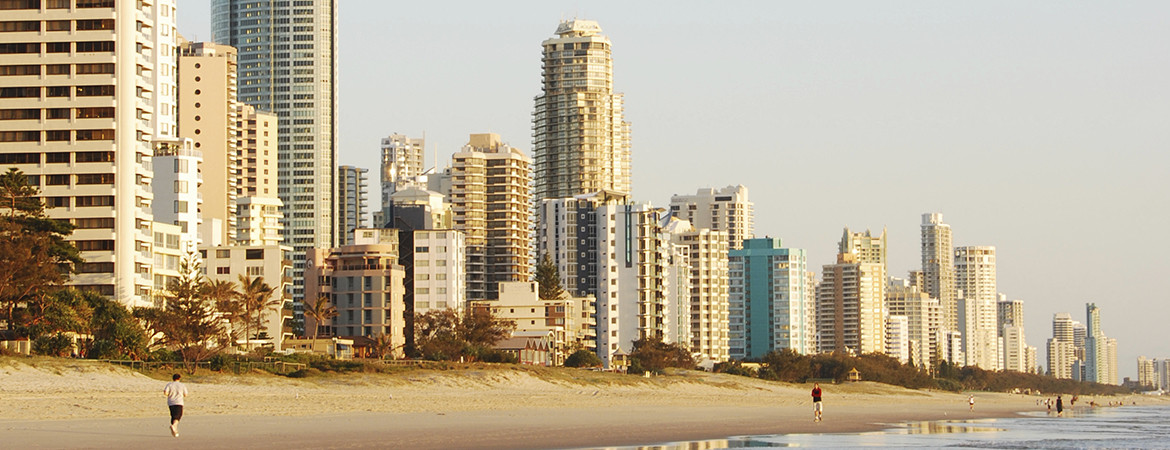 The challenge
The challenge
Australia’s coastal zone is economically, culturally, socially and environmentally important. Most of Australia’s population and infrastructure is located here, along with a range of unique coastal and marine ecosystems.
In a changing climate Australia’s coasts are vulnerable to rising sea levels, more frequent and intense storms, ocean acidification and changes in rainfall, run-off, wave size and direction, and ocean currents. Impacts include shoreline erosion, flooding and saltwater inundation, as well as damage from storm surges and extreme weather events.

How the ESCC Hub is meeting the challenge
Improving our understanding of coastal and climate processes will provide coastal planners, developers and decision makers with the information they need to minimise risks now and in the future, and respond to the unavoidable impacts.

